Jammu and Kashmir recently held its first assembly elections in a decade, with the National Conference-Congress alliance securing a majority. Their ambitious manifesto promises free electricity and gas for economically weaker sections, complimentary travel for women, increased medical allowances for pensioners, and robust support for farmers. However, financing these pledges poses significant challenges.
The region’s ability to generate tax revenue is notably limited, with only 21.1 per cent of its revenue coming from its own collections, compared to the average of other states and union territories, where nearly half of revenues are generated through their own taxes. A staggering 68 per cent of Jammu and Kashmir’s revenue relies on central grants, further complicating its financial landscape.
Additionally, over 54 per cent of the revenue receipts for FY25 are expected to be consumed by committed expenditures, including salaries, pensions, and interest payments. This leaves little room for development spending.
Despite a fiscal deficit projected to decrease to 3 per cent of the GSDP for FY25, the region’s debt pressure remains high. This decline in fiscal deficit is largely attributed to increased central transfers, allowing the state to adhere to the Fiscal Responsibility and Budget Management (FRBM) limits.
Moreover, budget estimates can shift in revised estimates; for example, in FY24, the initial budget estimate was 1.6 per cent, which rose to 5.4 per cent in the revised figures.
Interestingly, Jammu and Kashmir demonstrates a revenue surplus, estimated at 6.5 per cent for FY25, despite its high debt levels. This surplus indicates a growing capacity for capital spending, funded through borrowings.
The region has been directing a larger share of its resources toward generating capital assets, with actual capital expenditure averaging 7.6 per cent of GSDP between 2019-20 and 2021-22, significantly higher than the 3.9 per cent average across other states. Projections suggest that capital expenditure as a ratio of GSDP could almost double, rising from 7.4 per cent in FY20 to 14 per cent in FY25.
Moreover, unemployment was also a pressing issue in the manifesto. The unemployment rates consistently surpassed national averages. In 2019-20, Jammu and Kashmir recorded a 6.7 per cent unemployment rate, compared to India’s 4.8 per cent. While there were improvements in subsequent years, recent data indicates that joblessness has risen again to 6.1 per cent in 2023-24 from 4.4 per cent in the previous year, whereas the national average remained intact at 3.2 per cent. Female unemployment in the state worsened in the same period.
As the National Conference and Congress embark on fulfilling their promises, the road ahead will require navigating these complex financial challenges while fostering job creation and sustainable development in the region.
First Published: Oct 08 2024 | 10:07 PM IST




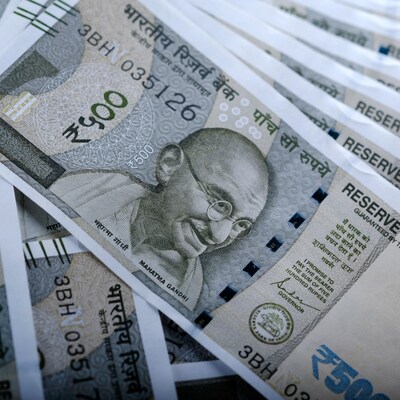

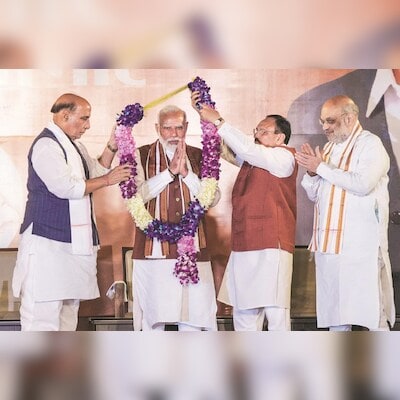
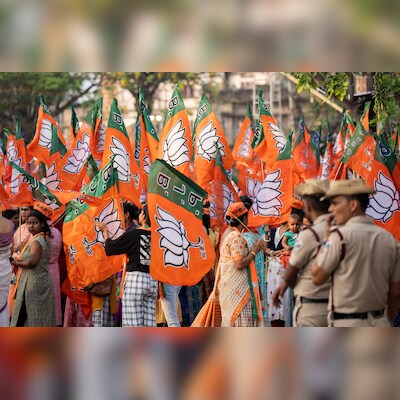
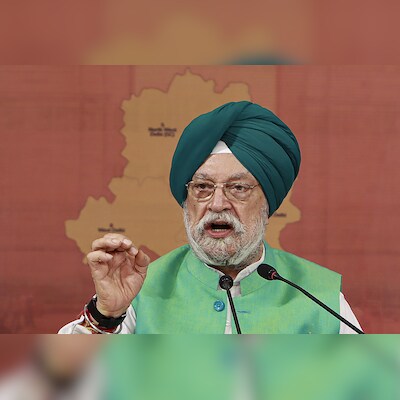



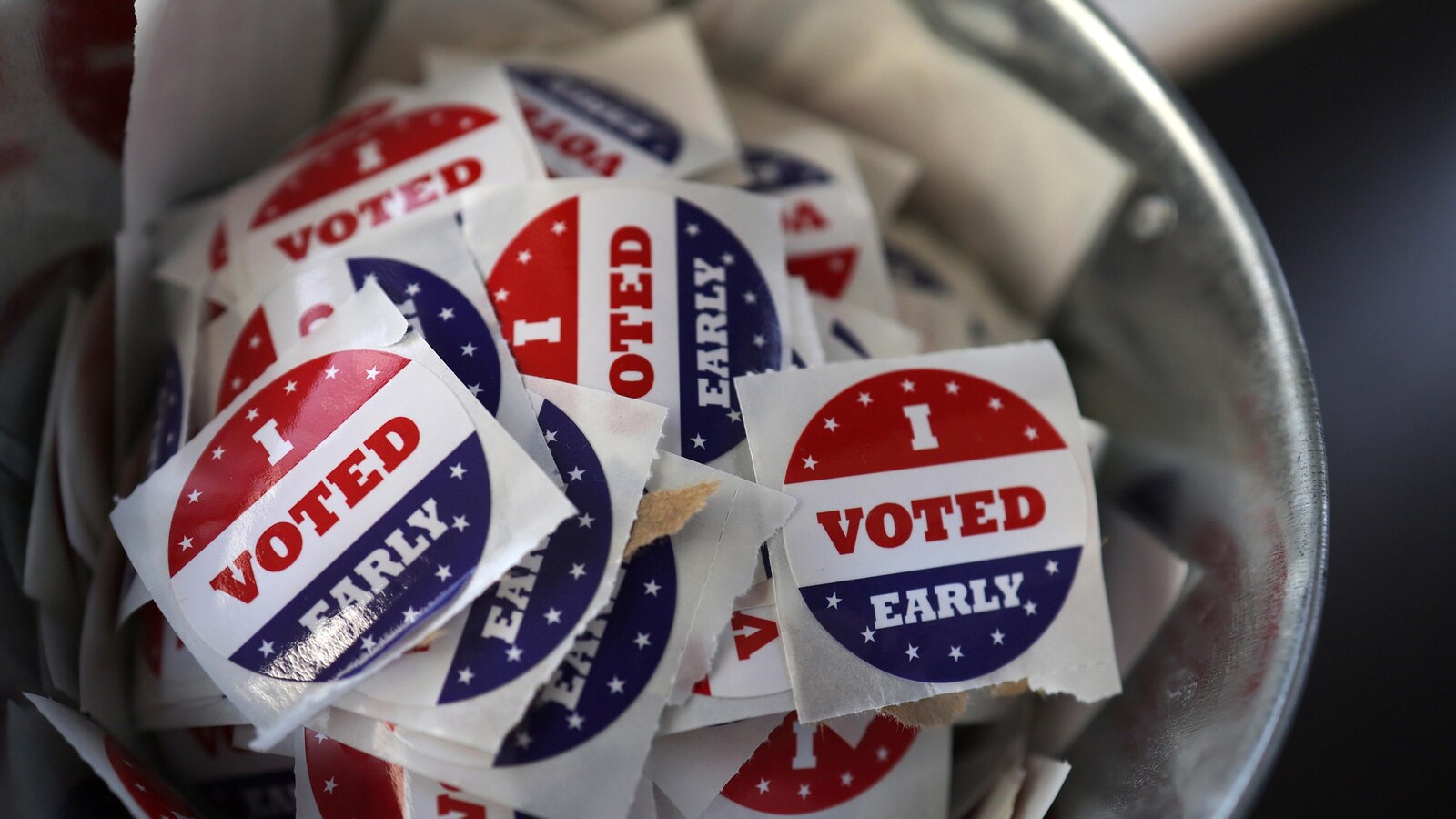
Leave a Reply